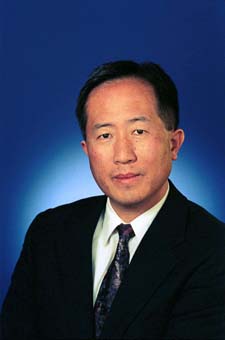With over two decades of engineering, marketing, sales and executive management experience in high technology, BioSolar, Inc. Chief Executive Officer Dr. David D. Lee founded the company in 2006. An electrical engineer, Lee recognized that historically, manufacturing costs have been one of the biggest barriers to driving down the cost per kilowatt of solar energy for consumers. In response, BioSolar was the first company to introduce a new dimension of cost reduction by replacing petroleum-based plastic solar cell components with durable bio-based components derived from renewable plant sources.
AltEnergyMag Interview - Bio-based Solar Cell Backsheets
David Lee | CEO of BioSolar
What is the function of the backsheet on a solar cell?
 The backsheet is a protective backing of a Photovoltaic (PV) module that helps resist contamination and damage to the solar cells caused by weather and other environmental factors. BioSolar has developed bio-based backsheet (BioBacksheetTM) that replaces traditional petroleum-based backsheet.
The backsheet is a protective backing of a Photovoltaic (PV) module that helps resist contamination and damage to the solar cells caused by weather and other environmental factors. BioSolar has developed bio-based backsheet (BioBacksheetTM) that replaces traditional petroleum-based backsheet.David D. Lee
Chief Executive Officer
BioSolar, Inc.
The content & opinions in this article are the author’s and do not necessarily represent the views of AltEnergyMag
Comments (0)
This post does not have any comments. Be the first to leave a comment below.
Featured Product

